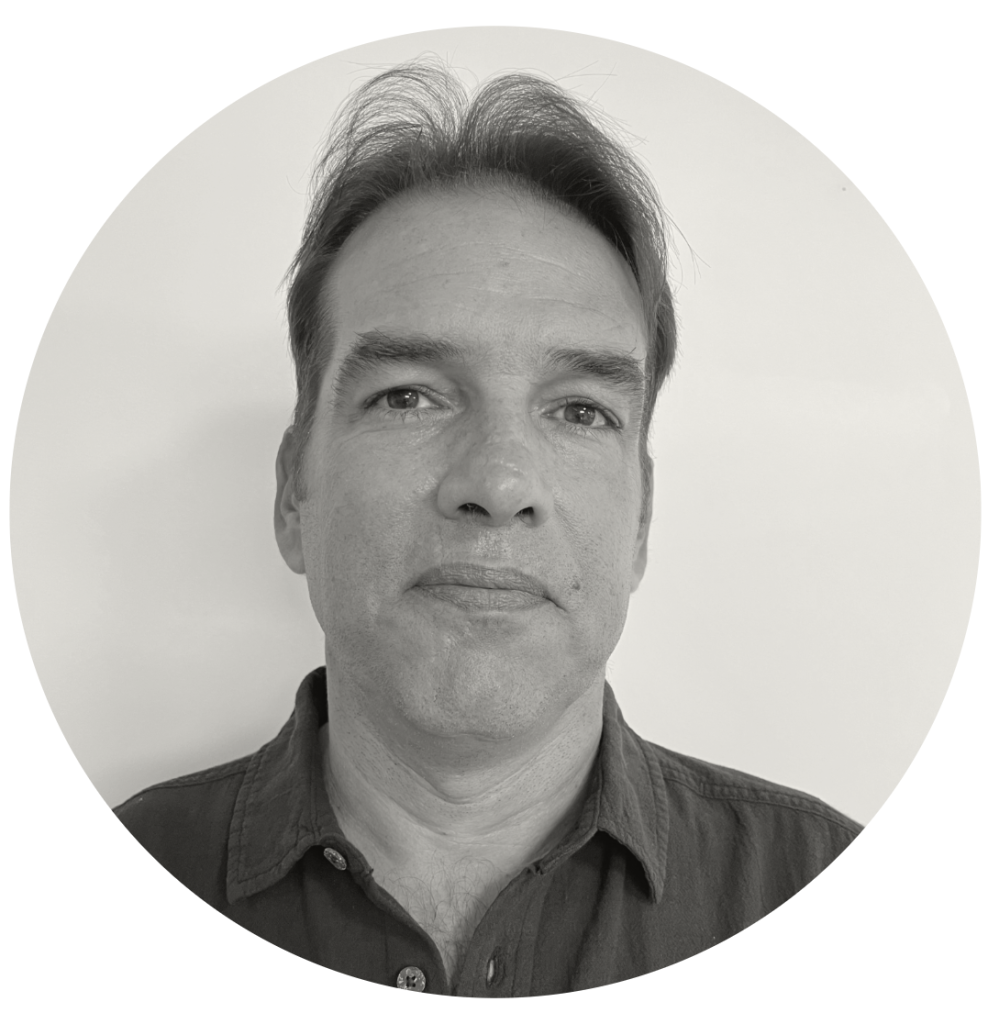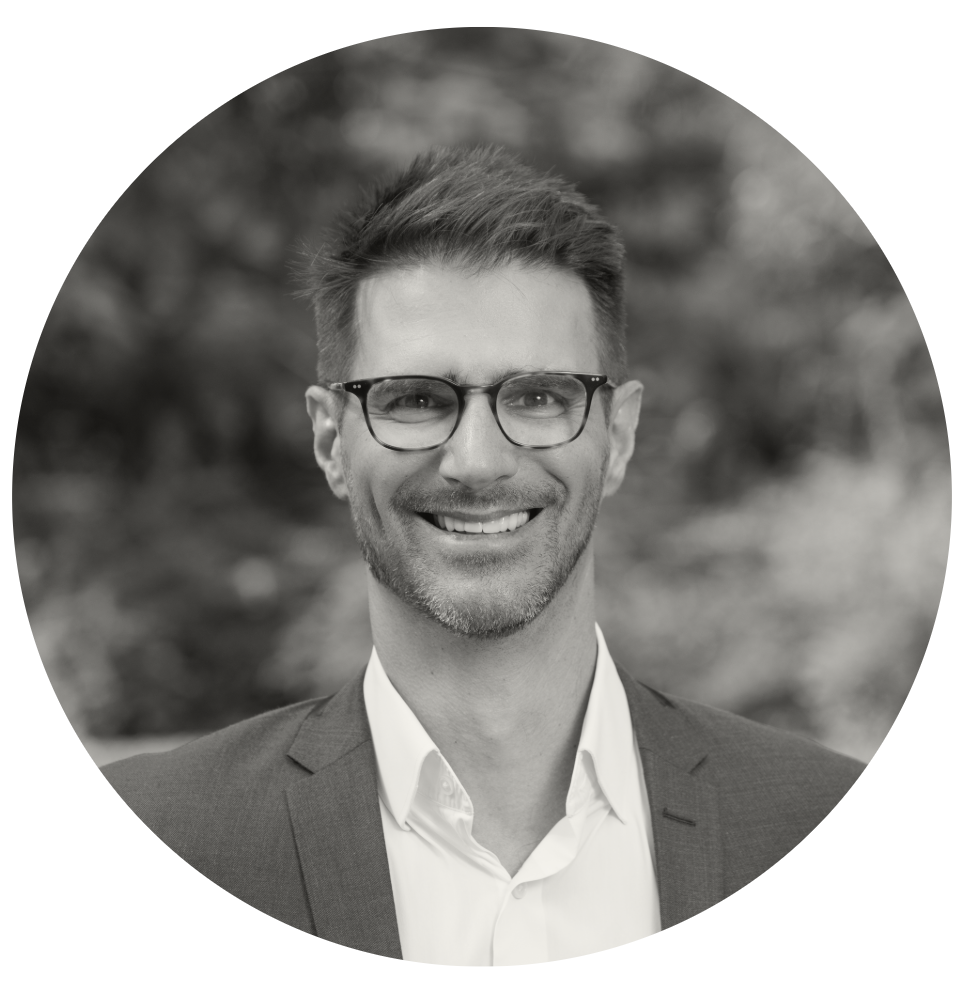
Tiago Brant de Carvalho Falcao
Doctoral candidate at Griffith University in Queensland, Australia. His current research spans the domains of sports management, tourism, sustainability, and communications, and is specifically centred on exploring the role of local surfing communities in promoting sustainable surf tourism.
Email: tiago.brant@griffithuni.edu.au

Dr. Kevin Filo
Deputy Head of the Department of Tourism, Sport and Hotel Management, Griffith Business School at Griffith University. His research focuses on the synergy between sport and philanthropy as well as the antecedents and outcomes of a meaningful sport event experience.
Email: k.filo@griffith.edu.au

Dr. Popi Sotiriadou
Associate Professor of Sport Management at Griffith University, Australia. Her work is centred on promoting inclusive practices within the sports industry, with a particular focus on collaborations with sport technology providers, startups, and sport volunteers.
Email: p.sotiriadou@griffith.edu.au
Surfing is considered an ancient practice in the Polynesian islands of the Pacific Ocean, and on the northern coast of Peru, where fishermen in the Huanchaco region face waves with their caballitos de totora, traditional straw boats dating back more than 4,000 years. Surfing was ‘revealed’ to Western civilization in 1778 by Royal Navy Captain James Cook as his crew crossed the North Pacific Ocean on their way back to Europe. However, English missionaries considered surfing immoral and therefore banned the practice from Hawaiian culture for over a century. It was not until the beginning of the 20th century, through swimmer and Olympic champion Duke Kahanamoku, that the Western world heard about surfing again. Gold medalist in the 100 m freestyle in Stockholm in 1912 and Antwerp in 1920, Duke participated at three Olympic Games and won five medals: in Stockholm in 1912, he received a gold medal for the 100 m freestyle and a silver medal in the 4 x 200 m freestyle; in Antwerp in 1920 he won gold in the 100 m freestyle and gold in the 4 x 200 m freestyle; and in Paris in 1924 he took out a silver medal in the 100 m freestyle.
Due to the fame stemming from his Olympic dominance, Duke became the world’s ambassador for surfing, defending the practice he maintained as the source of his athletic performance. He demonstrated surfing in the United States in 1912 and in Australia in 1914, spreading the sport widely in these places. It is no coincidence that these nations have been the main protagonists of the sport since the creation of the world surfing circuit by two Hawaiian surfers, Randy Harrick and Fred Hemmings, in 1976, when they established International Professional Surfers (IPS), which later became the Association of Surfing Professionals (ASP) from 1982 to 2014, founded by Australian Ian Cairns. In that period, Australians won 20 world titles, while North Americans won 19, including the 11 world titles won by the greatest champion in history, Floridian Kelly Slater. In 2014, the ASP became the World Surf League (WSL). Since then, Brazilian surfers have started to win titles, including the first Olympic gold medal for surfing, won by Italo Ferreira.
As a result of the International Olympic Committee’s desire to rejuvenate its fan base and spark the interest of a new generation of spectators, the world witnessed the inclusion of action and adventure sports in the Tokyo 2020 Olympic Games. The coast city of Chiba, 40 minutes away from Tokyo, hosted the first Olympic surfing event on a beach known as Tsurigasaki, which has an ordinary sand bottom and good enough waves on occasion. However, surfing has an ideal image provided by the media, which is associated with offshore winds and reef bottom waves on paradise-looking Pacific Islands with clear water and tropical forests.
The above scenario describes what just happened in the Olympic program of Paris 2024. Surfing was hosted at Teahupo’o, French Polynesia, one of the most beautiful and challenging waves on the world surfing circuit, exactly 100 years after Duke Kahanamoku’s last Olympic appearance in Paris in 1924. The wave of Teahupo’o lies on the corner of a coral pass, about 500 meters offshore of a small village. The village is surrounded by nature at the end of the only paved road that leads to the capital Papeete, 47 kilometres away. It was also the first time an Olympic event occurred in a remote destination, thousands of kilometres from the host city, Paris. Although the event was held under good conditions, it was not the perfect set up imagined by organisers and participants.
As predicted, the audience was impressive. However, the inconsistency of waves and judging criteria still constrains surfing supporters who want to see the Olympic competition established with a clear set of judging parameters and a more predictable timeline. As the Olympic movement embraced surfing, new technologies became available and transformed the way surfers engaged with the sport. Wave pools seem to have displaced ocean waves as the sacred place for surfing, bringing artificial environments to competition and recreational venues, just as sport climbing and canoe slalom.
Considering the need to provide clear judging parameters and specific timetables to screen Olympic sports, Los Angeles 2028 could become the first Olympic surfing event provided on artificial waves, following the example of other nature-related sports on the program, since summer is not an ideal season to produce consistent swells in California, and the Surf Ranch, one of the most successful wave pools of the world located in the state. Further research is advised for this possible outcome.

